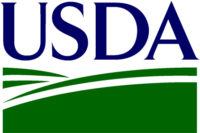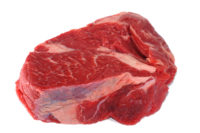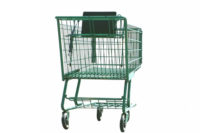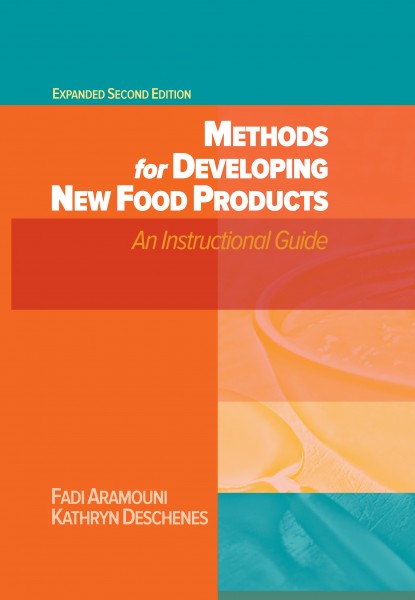
|
| The gap between the 1950-2005 long-term affordability trend and actual food cost is growing. Source: Thomas Elam, FarmEcon |
Increasing affordability of goods and services has been a major long-term trend in US economics. But that trend has reversed since 2006, according to Thomas Elam of FarmEcon, leading to decreased spending on consumer goods and services and hindering job growth.
Food prices are increasing compared to those of other goods, and consumers’ food costs are increasing relative to disposable income. As a result, the gap between the 1950-2005 long-term affordability trend and actual food cost is growing. That means consumers are spending more of their money on food than ever before—the last time the gap grew in a similar manner was during the mid-1970s when farm commodity prices boomed on strong grain exports, but even that gap was much smaller than the current one.
What’s to blame for the sea change in food affordability? Elam’s study argues that the trend results from rising raw commodity costs, and in particular corn for use in ethanol production. Unlike what happened in the 1970s, corn and grain exports are actually falling. However, the growing use of corn in ethanol production, even in the face of decreased production, has prices booming.
Demand for corn in ethanol production has been spurred by the 2005 advent of federal mandates for fuel ethanol consumption and the 2007 Energy Independence and Security Act. Corn prices have more than tripled since the mandates came into effect.
Farmers have turned to distiller’s dried grains with solubles (DDGS), a feed by-product of ethanol production, but DDGS is an imperfect substitute for corn as a feed. Nutrition issues include the protein profile (especially for lysine digestibility), fat and phosphorous content. DDGS’s energy value is approximately 17 percent lower than corn’s, which represents the greatest obstacle to its use as feed for poultry.
DDGS’s nutritional content also varies due to conditions including differences in the corn feedstock, processing at the ethanol plant, drying temperatures and the amount of solubles added back into the product. Also, DDGS’s high fiber content means its use as a feed will decrease pig carcass yields, bringing in less income for pig producers.
Finally, DDGS presents physical handling issues as it tends to clump during storage and transportation. As a result, DDGS is now an export product despite declining corn supplies.
The rise in corn prices also has caused an increase in the price of other major crops as well, from field crops like soybean and wheat to horticultural crops like potatoes, strawberries and processing vegetable crops. These prices have increased relative to their long-term trend far more than food prices have increased relative to their long-term trend.
Because the chain of production for items using these crops is so long, price increases don’t show up at the market right away. In fact, minor fluctuations rarely register at all. But with sustained increases since 2005, consumers are finally starting to bear the burden of higher commodity prices.
According to the study, that burden amounts to $514 over trend price, or $2,055 for a family of four. The dollar-above trend 2012 food bill in the US was $162 billion. The increase in spending is roughly equivalent to annual consumer spending on auto repairs, college education or telecommunications. With 2013 prices predicted to remain high, another large food bill increase this year is likely.
Of the $162 billion above-trend food cost increase in 2012, about $71.3, or 44 percent, is due to the 2005-2012 price increases on grains, soybean products, DDGS and hay.
Of course, the most obvious impact of this staggering increase has been Americans diverting larger portions of their income to food costs. But another, less obvious, impact has been in rapidly increasing farmland prices. As the price of crop farmers’ goods are driven up by increases in grain prices, profits increase as well. With increased profitability comes increased land prices—from 2005-2012, the value of land owned by US farmers increased by over $700 billion. During that same period, farm debt increased by only about $16 billion, a sure sign that windfall profits drove land prices up.






